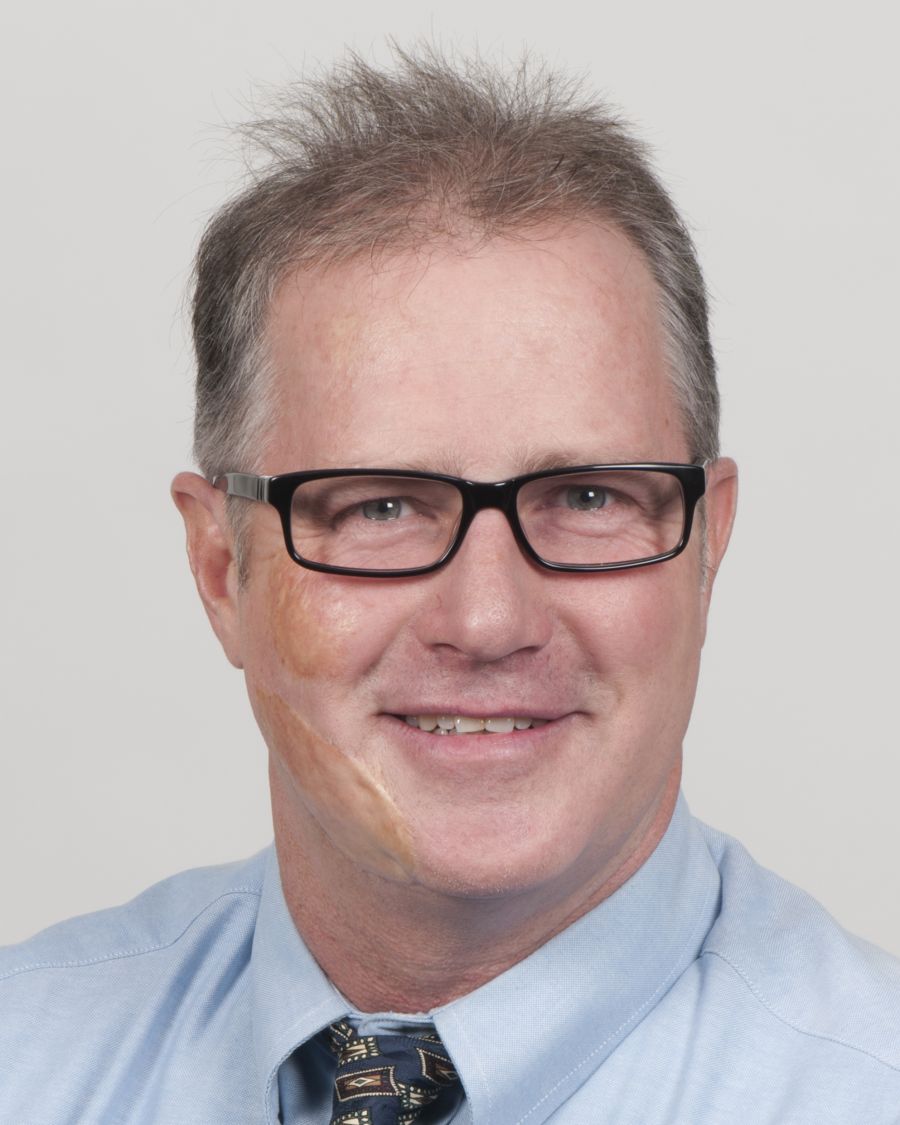


Over the past few years, 3-D printing has been the technology buzzword in the news, but, in fact, it’s been around since the 1980s. So what is it? Webster defines 3-D printing as “a process for making a physical object from a three-dimensional digital model, typically by laying down many successive thin layers of a material.” On a recent TED talk, Joseph Desimone, Chancellor’s Eminent Professor of Chemistry at the University of North Carolina, discusses 3-D printing, describing it as “2-D printing, over and over again.”
So how is it done? We start with a three-dimensional design made with any 3-D software, which we then convert into an “STL file,” or stereolithography, the industry standard for 3-D printing. The STL file is processed through a software called “slicer” that converts it into a series of thin layers and produces a file tailored to a specific 3-D printer. The 3-D printer uses this file to print the design. 3-D printing has transcended industries and is now starting to transcend materials, with things like ceramics, food, metals and DNA now being output.
While the news is just now catching on to the 3-D printing craze, Waubonsee’s computer-aided design and drafting (CADD) program has utilized the technology since the early 2000s. Our students use the college’s three 3-D printers to output their own design projects, which are sometimes used to solve problems for other departments. For example, earlier this year, when Waubonsee’s biology courses needed special test tube holders that could also accommodate a magnet or stand up to a 100 degree water bath, they turned to our CADD program and its 3-D printers. We’ve even used our machines to print prosthetic hands for enablingthefuture.org, which provides them free of charge to children with disabilities.
Waubonsee has also worked with local high schools to get younger students excited about the possibilities of 3-D printing. Through a dual credit grant, we were recently able to purchase desktop 3-D printers for both East and West Aurora High Schools to aid their CADD programs.
High school students can put their skills to the test in a few different ways. On March 5, Waubonsee hosted the Region 6 drafting competition for the Illinois Drafting Educators Association (IDEA), in which high school students compete in eight different categories. And for the first time this year, in partnership with the Valley Education for Employment System (VALEES), Waubonsee created its own high school CADD competition. In January, students were asked to design a smartphone desk caddy, and later this month, they will present their individual designs to a panel of judges, made up of Waubonsee instructors and industry representatives. The winning student will be named the CADD Student of the Year.
So while the concept and practice of 3-D printing has been around for a while, as the technology advances and the applications grow, interest will continue to increase – which is a very good thing for the future of CADD.
Randall Hines is a CADD Instructor at Waubonsee.

